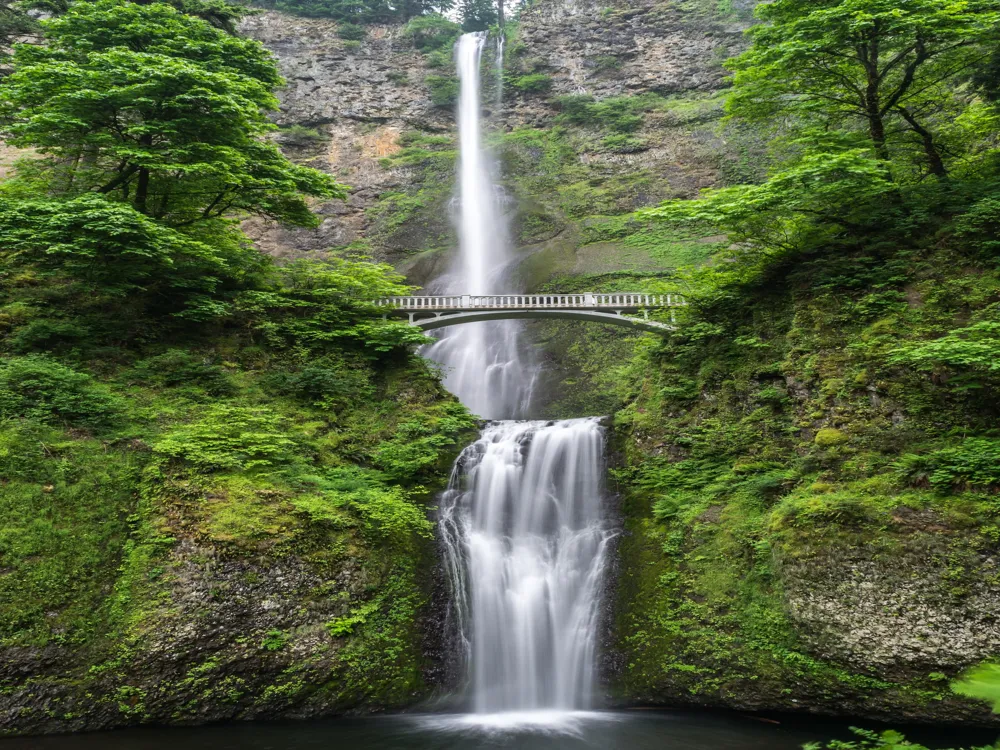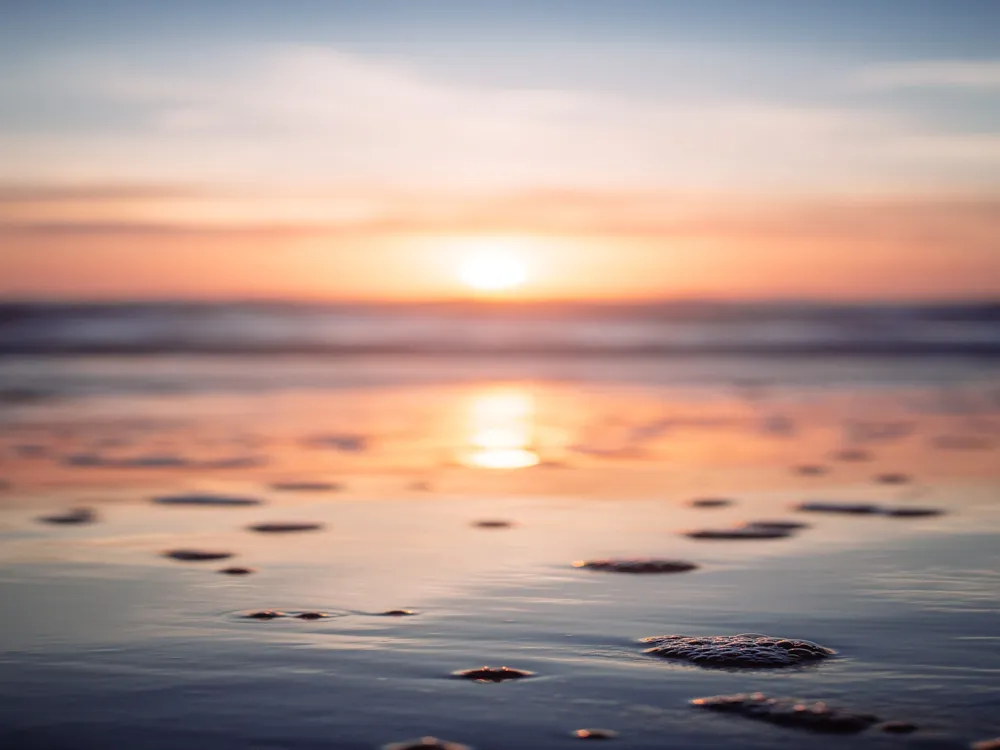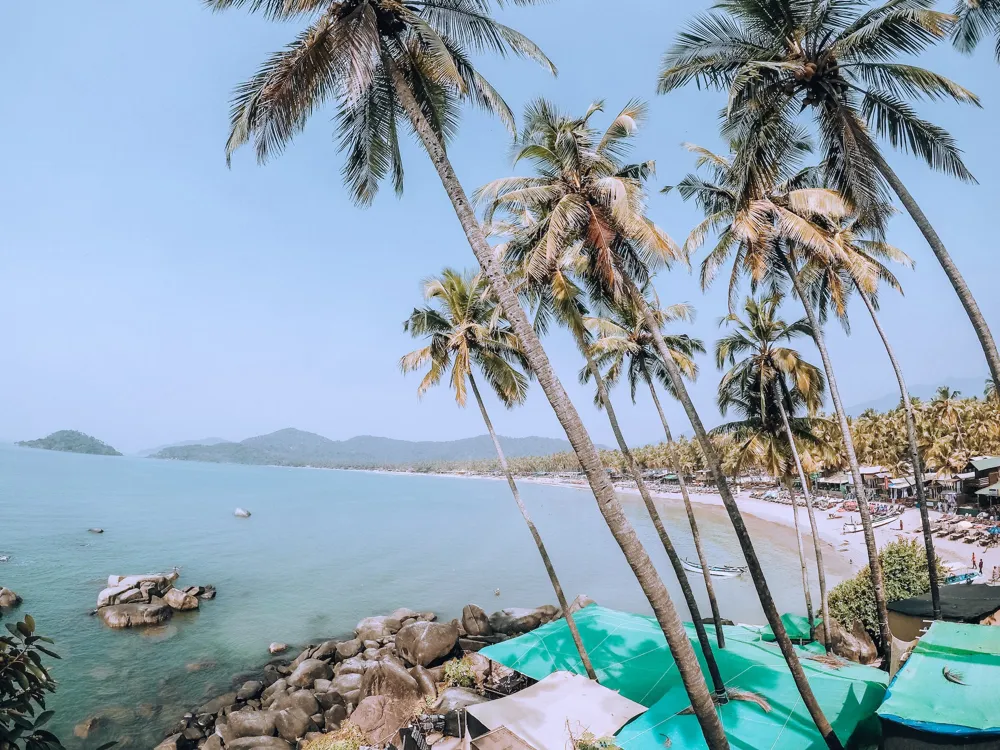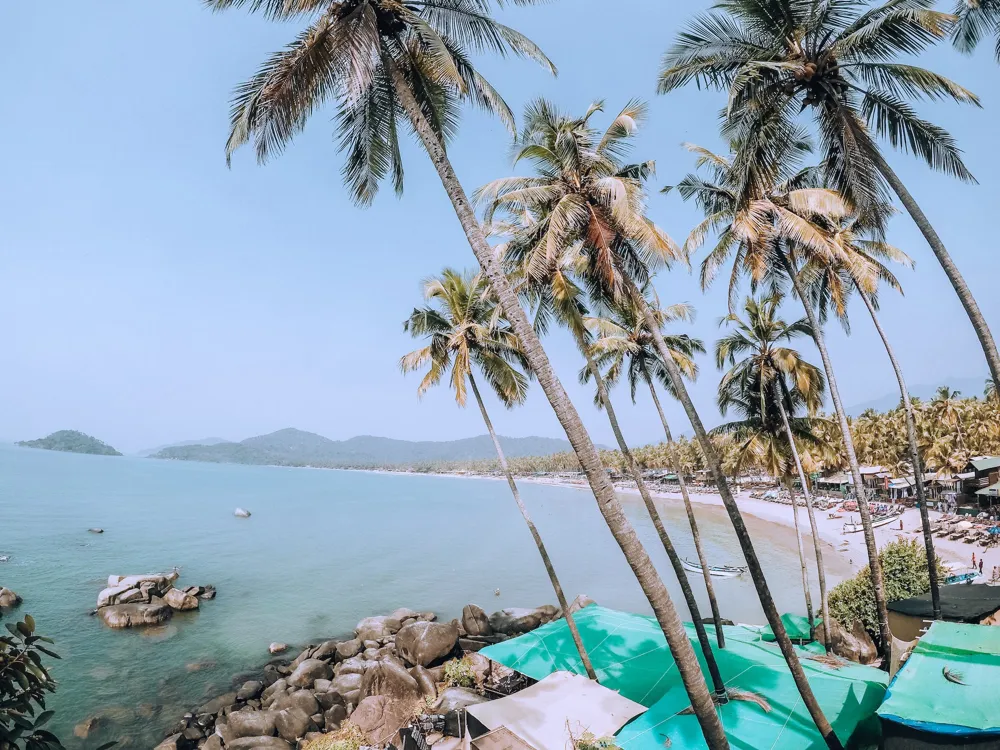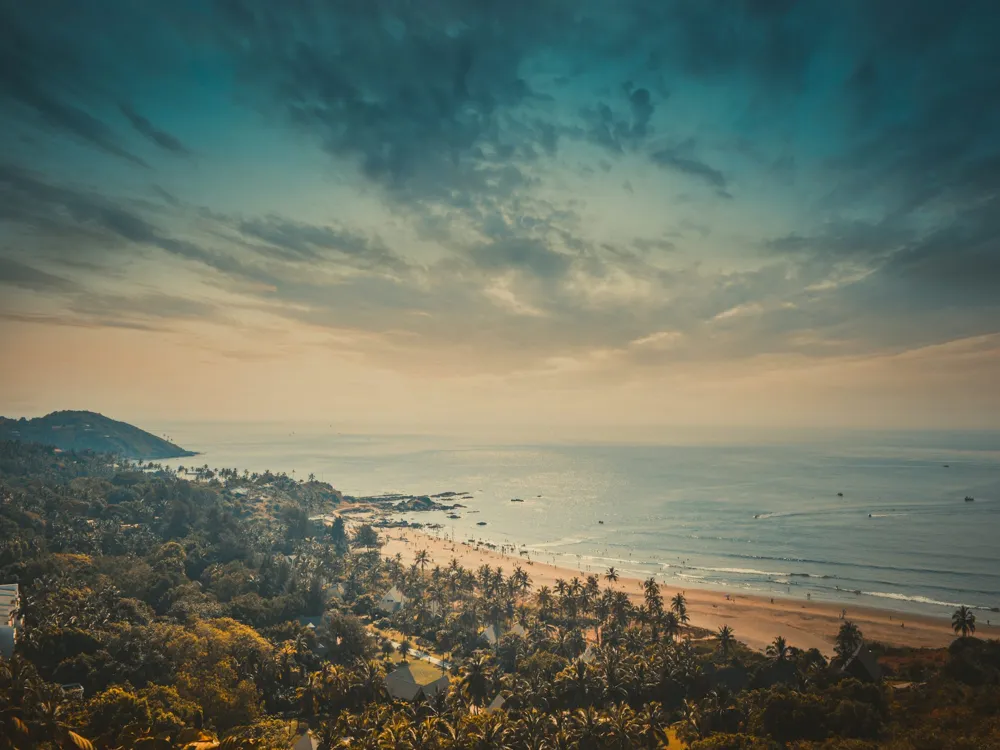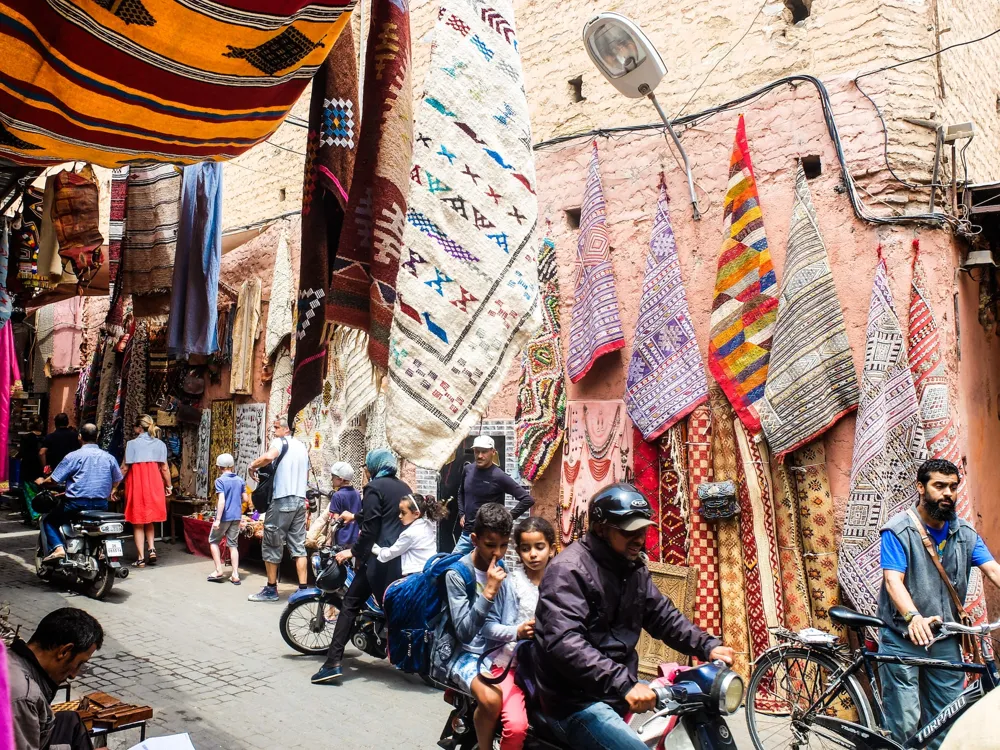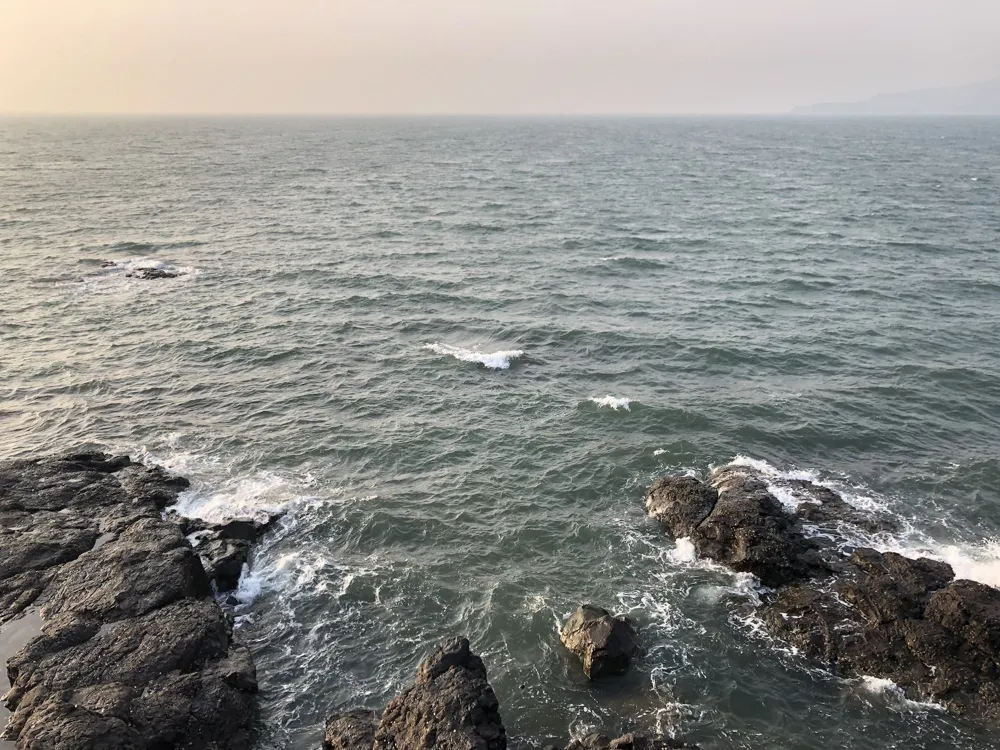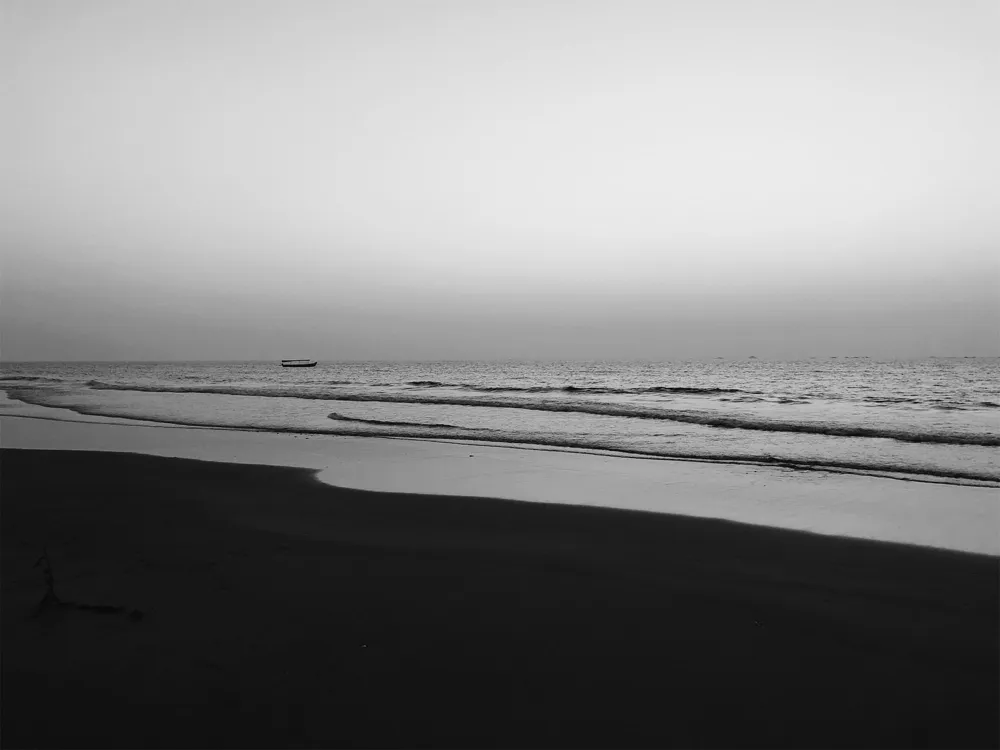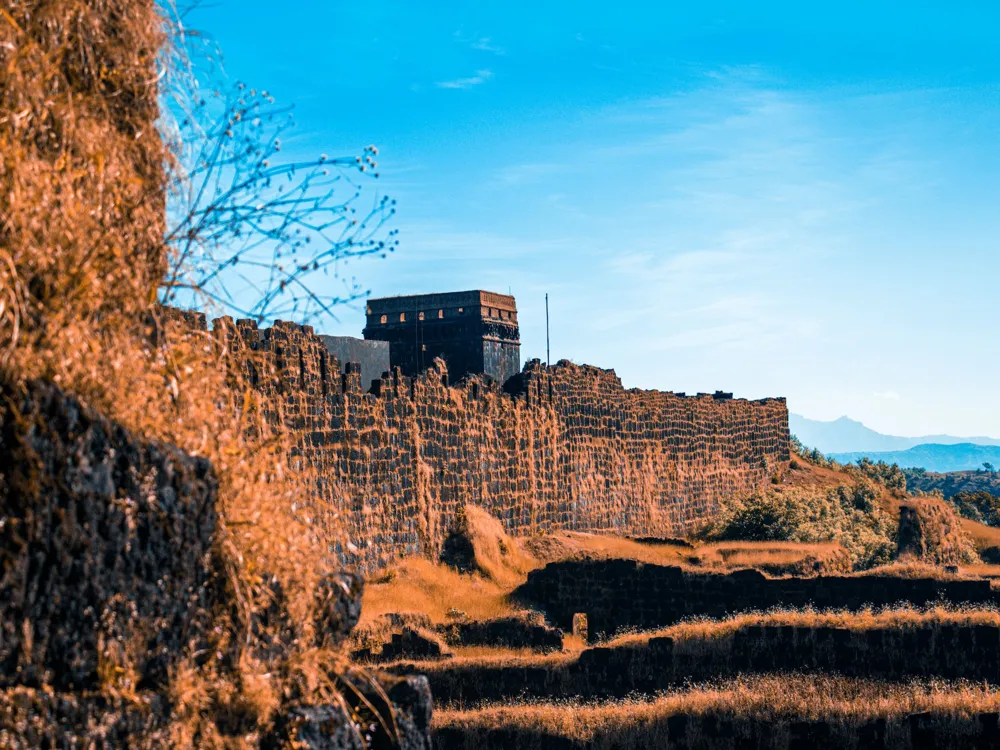Galgibaga Beach, located in the serene South Goa, is a hidden gem often overshadowed by its more famous counterparts like Palolem and Agonda. However, this beach offers a unique and tranquil experience, making it a must-visit for those seeking a peaceful getaway. Known for its pristine sands and crystal-clear waters, Galgibaga Beach is also a vital nesting ground for the endangered Olive Ridley turtles, adding an ecological significance to its natural beauty. Unlike the bustling beaches of North Goa, Galgibaga maintains a laid-back, almost untouched atmosphere. This is partly due to its status as a protected turtle nesting site, which has led to limited commercial development in the area. Visitors here are greeted with long stretches of soft, golden sand, flanked by lush coconut groves and casuarina trees. The beach is perfect for long, leisurely walks, sunbathing, or simply soaking in the scenic beauty that surrounds it. The Olive Ridley turtles usually nest here between December and February, making these months particularly special for wildlife enthusiasts. The efforts of the local community and various NGOs to protect these turtles have been commendable, ensuring a safe breeding ground for these creatures. The sight of tiny turtle hatchlings making their way to the sea is both heartwarming and a rare natural spectacle. The tranquility of Galgibaga Beach is also reflected in the lifestyle of the local villagers. The beach is bordered by a small village where life moves at a leisurely pace, untouched by the hustle and bustle of city life. The villagers are friendly and often seen engaging in their daily activities, adding to the rustic charm of the area. For those looking to stay close to the beach, there are a few eco-friendly resorts and homestays that offer comfortable accommodations. These stays are often simple yet charming, offering basic amenities and an opportunity to experience life in close harmony with nature. Dining options are limited but delightful, with a few local shacks serving fresh seafood and traditional Goan cuisine. In terms of activities, Galgibaga is more about relaxation and nature observation than adventure sports. However, the beach's gentle waves make it an ideal spot for swimming. For those interested in exploring the surrounding areas, the beach serves as a good base to visit other attractions in South Goa. In summary, Galgibaga Beach is a serene, unspoiled paradise that offers a unique blend of natural beauty, wildlife conservation, and local Goan culture. It's a perfect destination for those looking to escape the commercial tourist spots and immerse themselves in a peaceful and authentic Goan experience. The architecture around Galgibaga Beach is a harmonious blend of nature and human intervention, designed to preserve the beach's natural beauty and ecological balance. Unlike the more commercialized beaches of Goa, Galgibaga has a minimalistic architectural style, primarily focusing on eco-friendly and sustainable structures. The most prominent architectural features near the beach are the small, quaint cottages and eco-resorts that blend seamlessly into the landscape. These structures are typically built using local materials like bamboo, wood, and palm leaves, reflecting the traditional Goan architectural style. The design of these accommodations is simple yet elegant, prioritizing environmental sustainability and minimal ecological footprint. These eco-friendly resorts and homestays are often powered by renewable energy sources like solar power, further emphasizing their commitment to sustainability. Rainwater harvesting and waste management systems are also commonly implemented, showcasing an innovative approach to eco-friendly living. The architecture of the local village near Galgibaga Beach is also noteworthy. The houses here are traditional Goan homes, with sloping tiled roofs, bright colors, and spacious verandas. These homes are designed to keep cool in the hot Goan climate and are often surrounded by lush gardens and coconut groves, adding to the overall aesthetic of the village. In terms of public infrastructure, the area around Galgibaga Beach has minimal intervention to preserve its natural charm. There are a few small bridges and pathways that help in navigating the terrain, especially near the turtle nesting sites. These structures are designed to have a low impact on the environment, ensuring the safety and protection of the wildlife in the area. Additionally, the beach itself is free of any permanent structures, allowing visitors to experience its unspoiled beauty. The lack of commercial establishments on the beachfront means that the natural landscape of sand dunes, casuarina trees, and the shoreline remain the primary focus, offering a serene and picturesque setting. Overall, the architecture of Galgibaga Beach is a testament to the balance that can be achieved between human habitation and nature conservation. It stands as an example of sustainable tourism, where development is in harmony with the environment, preserving the natural beauty and ecological significance of the region. The ideal time to visit Galgibaga Beach is between November and March. During these months, the weather is pleasant, with lower humidity and cooler temperatures. This period also coincides with the turtle nesting season, offering a unique opportunity to witness this natural phenomenon. As a protected turtle nesting site, it's crucial to respect the environment while visiting Galgibaga Beach. Avoid littering, refrain from using plastic bags, and maintain a safe distance from turtle nesting areas. Participation in beach clean-ups or conservation activities, if available, can be a rewarding experience. Opt for eco-friendly resorts or homestays near the beach. These accommodations not only provide a comfortable stay but also contribute to sustainable tourism practices in the area. Booking in advance is advisable, especially during peak season. Explore local Goan cuisine at the small shacks and eateries around the beach. These places often serve fresh seafood and traditional dishes, offering an authentic taste of Goan culture. Remember, dining options are limited, so having some snacks on hand can be helpful. While the beach is more suited for relaxation, there are opportunities for swimming and nature walks. Exploring the nearby village and interacting with the locals can also be a delightful experience, offering insights into their lifestyle and culture. Galgibaga Beach is accessible via various modes of transportation. The nearest airport is the Goa International Airport (Dabolim), which is about 60 kilometers away. From the airport, one can hire a taxi or rent a car to reach the beach. The journey takes approximately 1.5 to 2 hours, depending on traffic conditions. For those traveling by train, the nearest railway stations are Canacona and Madgaon. From these stations, taxis and local buses are available to reach Galgibaga Beach. The travel time from these stations ranges from 30 minutes to an hour. Additionally, several state-run and private buses operate to and from major cities in Goa. These buses typically stop at Canacona, from where one can take a local taxi or auto-rickshaw to the beach. For travelers driving to Galgibaga Beach, the roads are well-maintained and offer a scenic route through the Goan countryside. Parking facilities near the beach are limited, so it's advisable to plan accordingly. In summary, reaching Galgibaga Beach is relatively straightforward, with multiple options available to suit different preferences and budgets. Once there, the tranquility and natural beauty of the beach make the journey worthwhile. Read More: Overview of Galgibaga Beach, South Goa
Architecture of Galgibaga Beach
Tips When Visiting Galgibaga Beach
Best Time to Visit
Respecting the Environment
Accommodation
Local Cuisine and Dining
Activities and Exploration
How To Reach Galgibaga Beach
Galgibaga Beach
South Goa
Goa
NaN onwards
View goa Packages
Weather :
Tags : Beach
Time Required : 1 - 2 hrs
Planning a Trip? Ask Your Question
Goa Travel Packages
View All Packages For Goa
Top Hotel Collections for Goa

Private Pool

Luxury Hotels

5-Star Hotels

Pet Friendly
Top Hotels Near Goa
Other Top Ranking Places In Goa
View All Places To Visit In goa
View goa Packages
Weather :
Tags : Beach
Time Required : 1 - 2 hrs
Planning a Trip? Ask Your Question
Goa Travel Packages
View All Packages For Goa
Top Hotel Collections for Goa

Private Pool

Luxury Hotels

5-Star Hotels

Pet Friendly







